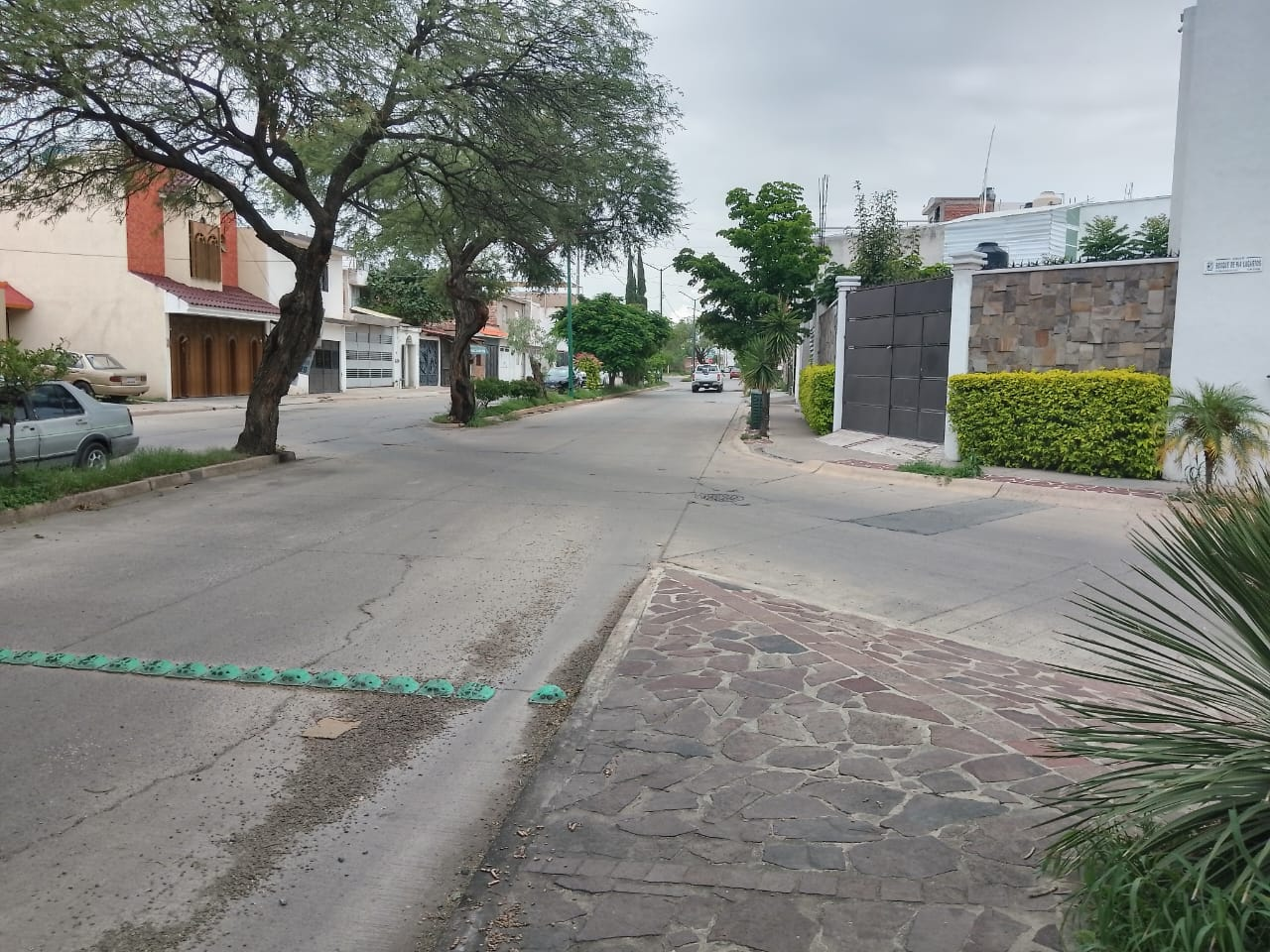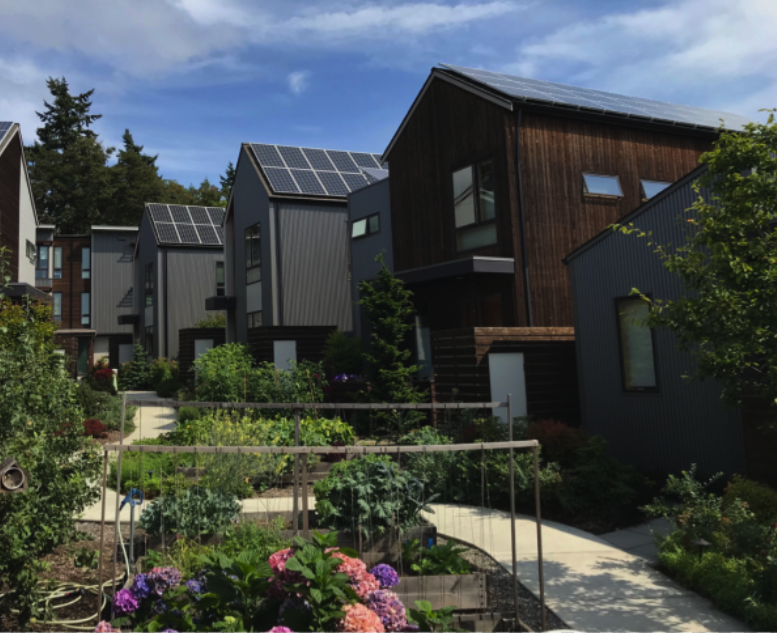City Know-hows

Children raised in obesogenic environments are at greater risk of long-term mental and physical health issues, including obesity and overweight. This study explores the relationship between perceived neighborhood aesthetics, home-based physical activity, chronic stress, and obesity in elementary school children.
Share
Target audience
Urban planners, public health decision makers, and healthcare professionals.
The problem
Recent literature highlights the role of environmental quality in reducing childhood obesity, largely due to the availability of spaces that encourage physical activity. However, the combined influence of neighbourhood aesthetics and their restorative effects on children’s chronic stress and physical activity remains unclear. Additionally, little is known about how these factors contribute to the development of obesity in otherwise healthy children.
What we did and why
We developed and tested a statistical model to investigate the role of neighbourhood aesthetics; on home— and neighbourhood-based – physical activity, the neuro-endocrine response to chronic stress, and the body mass index in schoolchildren. We aim to clarify the statistical relationships between neighbourhood aesthetics and childhood obesity, mediated by children’s physical activity and chronic stress.
Our study’s contribution
Our study present evidence suggesting that built environmental factors (home and neighborhoud aestetics) significantly influence the behavioral, environmental, and physiological pathways contributing to childhood obesity. The key findings are as follows:
• Neighborhood aesthetics significantly affect children’s BMI.
• Neighborhood aesthetics positively influence children’s physical activity levels.
• Neighborhood aesthetics are associated with lower chronic stress in children.
• Children with elevated hair cortisol levels tend to have higher rates of obesity.
Impacts for city policy and practice
Urban environments in many cities, both those found in Mexico and many other countries, can be called obesogenic – they are prone to promote obesity. Relevant factors are that they foster sedentary behaviour, poor dietary choices, and elevated stress levels; thus contributing to higher obesity rates. Urban planning, design, and practices offer opportunities for upstream public health interventions to mitigate these negative health impacts. These findings are especially relevant given the role of neighbourhood environments in encouraging children’s physical activity and reducing obesity.
Further information
Full research article:
Examining the association of neighbourhood aesthetics with neighbourhood-based physical activity, chronic stress, and body mass index in school children by Joel Martínez-Soto, Ma. de la Luz Casillas Sánchez, Salvador Ruiz-Correa, Carolina Villada, Herlinda Aguilar-Zavala and Rubén López-Revilla
Related posts

How can we systematically embed health in real estate decision-making to improve health outcomes related to our urban environment? We mapped the system of health consideration in urban development decision-making to identify leverage points and inform interventions that can generate virtuous feedback loops to support better urban health.

New research explores how design team professionals manage developers’ risks to integrate health into new urban development

Play streets are gaining popularity around the world. In French cities, more and more residents and local associations wish to develop play streets. One-off play streets are especially popular to introduce residents to the concept of a play street. However, there is little research outlining the key contextual elements for developing long-term or recurring play streets; these confront different obstacles than one-off play streets and require different efforts from those developing the play street.